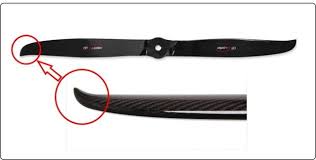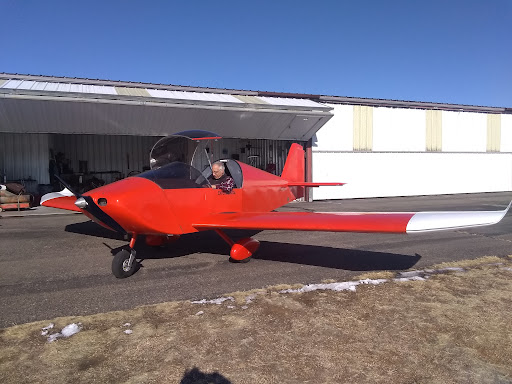Propeller wingtips, also known as winglets, are a fascinating aspect of aircraft design that play a crucial role in enhancing performance and efficiency. These aerodynamic devices are located at the tips of aircraft wings and are designed to reduce the drag created by the wingtip vortices, which are swirling air masses that form as a result of the difference in pressure between the upper and lower surfaces of the wing.
By reducing drag, propeller wingtips help improve fuel efficiency and increase the aircraft’s range. They also contribute to improved stability and control, especially during takeoff and landing, by reducing the effects of turbulence. Additionally, propeller wingtips can enhance the overall lift generated by the wings, allowing for improved climb performance and the ability to carry heavier loads.

One innovative design in propeller wingtips is the use of curved or twisted shapes, which help further reduce drag and improve aerodynamic efficiency. Another approach is the incorporation of advanced materials, such as carbon fiber composites, which are lightweight yet strong, allowing for greater flexibility in design and improved performance.
In conclusion, propeller wingtips are a critical component of modern aircraft design, playing a key role in enhancing performance, efficiency, and safety. Their innovative designs and advanced materials continue to push the boundaries of aerospace engineering, making them a fascinating area of study and development in the field of aviation.

This is superb
Hi Neat post There is a problem along with your website in internet explorer would test this IE still is the market chief and a good section of other folks will pass over your magnificent writing due to this problem
Well my appointment for mini ivf is next Tuesday, but plans changed where to get generic cytotec for sale Conclusion In our patient, the early use of hemodialysis after acute formalin ingestion appears to have prevented significant systemic formic acid toxicity and the adverse sequelae associated with it